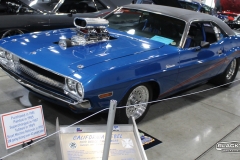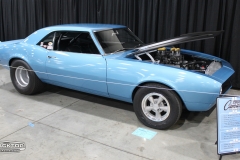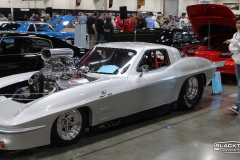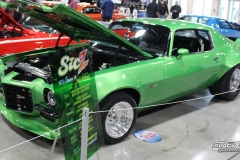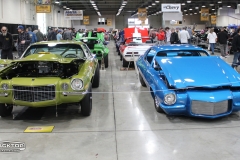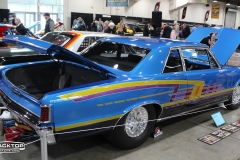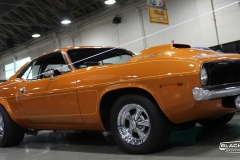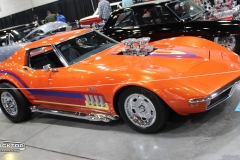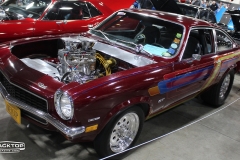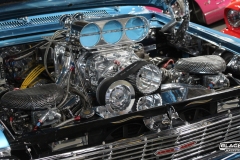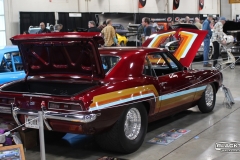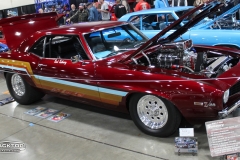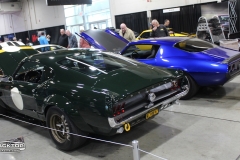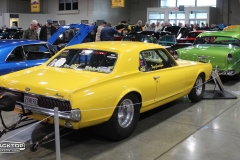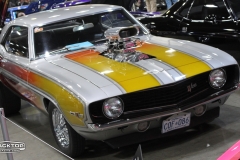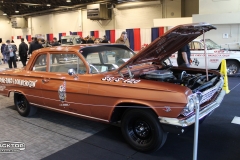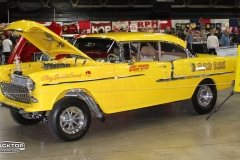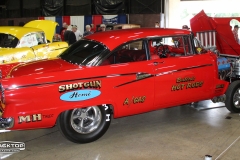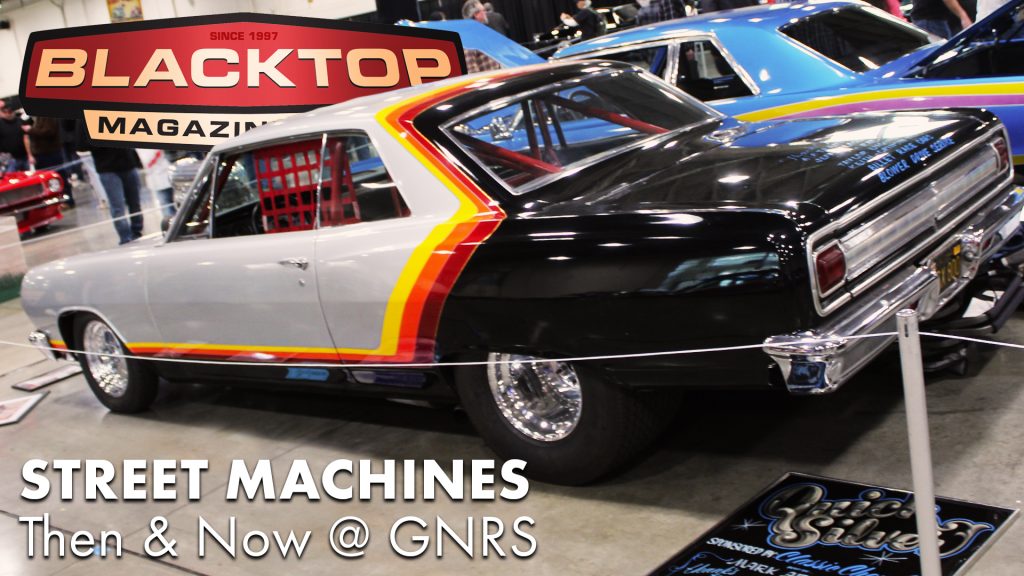
The 2024 Grand National Roadster Show was one of the best in years! Each year Building 9 at the Fairplex is filled with a themed exhibition. Last year it was Keep on Truckin’ and of course that was an amazing display of mini-trucks, vans, and custom trucks of from the 70’s on up to today. This year though, this year was another showing of legendary Street Machines. I personally appreciate the early cars that bounded the pavement on cruise strips like Whittier Blvd, and Van Nuys Boulevards of Southern California or 4th Street up north in Santa Rosa.
The 1970s marked a pivotal era in automotive history, as the streets became a canvas for bold and powerful machines known as “street machines.” These vehicles were the epitome of American muscle, blending style, speed, and innovation in a way that captured the essence of the era. From sleek coupes to roaring muscle cars, the 1970s street machines left an indelible mark on the automotive landscape. And, even a few parallel patches of rubber on the blacktop.
The Street Machine Revolution:
The 1970s saw the continuation of the muscle car revolution that had begun in the 1960s. Manufacturers like Ford, Chevrolet, and Dodge continued to produce iconic models such as the Ford Mustang, Chevrolet Camaro, and Dodge Challenger. These cars were characterized by their aggressive styling, powerful engines, and an unmistakable roar that announced their presence on the streets. The manufacturers even came out with their own paint schemes to mimic those they have seen in enthusiast magazines.
Power and Performance:
One of the defining features of street machines from the 1970s was their emphasis on power and performance. Engine sizes grew larger, and manufacturers competed to produce the most potent machines. High-performance V8 engines became the norm, delivering exhilarating acceleration and top speeds. The 1970 Chevrolet Chevelle SS, equipped with a 454 cubic-inch V8 engine, epitomized this era of raw power. Almost cartoon-like high-rise intakes pierced the hoods, and fat raised white lettered tires rolled underneath custom flares on the quarter panels.
Customization and Personalization:
Street machines of the 1970s were not just about raw power; they were also a canvas for personal expression. Enthusiasts embraced customization and personalization, with modifications ranging from bold paint jobs and elaborate decals to oversized wheels and unique body kits. This era witnessed the rise of car culture, with enthusiasts gathering at cruise strips, car shows and events to showcase their personalized creations. Some pictured here from this event were even on the covers of magazines like Car Craft, Hot Rod, and Popular Hot Rodding.
Challenges and Evolution:
Despite their popularity, street machines faced challenges during the 1970s. The era was marked by stricter emission standards and fuel efficiency concerns, leading to detuned engines and a decline in overall performance. Additionally, rising insurance costs and stricter safety regulations contributed to a shift in consumer preferences.
The street machines of the 1970s were more than just cars; they were symbols of a cultural revolution. These powerful, stylish, and rebellious vehicles captured the essence of a generation that sought speed, freedom, and individuality. Though the era faced challenges, the legacy of the 1970s street machines lives on, influencing automotive design and leaving an enduring mark on the hearts of car enthusiasts worldwide.

